Michael Gross
Co-Editor-in-Chief

In many schools, the interactions between teachers and students outside the classroom are awkward and thus limited; at Latin, they are comfortable and common. Students here engage with their teachers far beyond just raising their hand in class. They develop relationships at Latin that continue on long after graduation. Many wonder how these special connections are fostered, and whether there is a point at which the line between students and teachers becomes too blurred for the school to function properly? This issue was recently addressed to seniors with regards to the College Counseling Office, but it goes beyond that.
Latin’s environment and culture is conducive to creating lasting bonds between teachers and students; everyone knows this, and students often select the high school because of it. With smaller class sizes, multiple free periods a day and leadership roles in extracurricular activities, the teachers have numerous ways to get to know each student. The time they spend with students during office hours can range from review of classroom materials or a casual chat about a sport they both love. Most unique, however is the opportunity the teachers at Latin have to explore their passions and design out of classroom learning experiences during project week. Whether they are hiking through the Sahara Desert or simply staying in town to learn what it means to be a chef in the city of Chicago, the teachers are spending quality time and creating lasting memories with the students.
Even with the encouraging atmosphere, some teachers are not as engaged in students’ outside lives as others, and the students need to recognize that the personal boundaries are different with each teacher. Ms. Hennessy, a renowned History teacher, acknowledges that “Every teacher gets to define the line between his or her relationships with students.” Mr. McArthur, a math teacher who is new to the school, was attracted by the “small classes and open-door policy” here at Latin, and loved that “teachers and students can get to know each other as human beings, which is far different than the feeling at the large public high school where I grew up.” In response to the arising questions of the functionality of this community, Mr. McArthur furthered Ms. Hennessy’s remark by adding that “in order for these relationships to have a positive effect, a line of respect has to exist between student and teacher – respect that must exist in both directions.” Both Ms. Hennessy and Mr. McArthur are cognizant and greatly supportive of the unique relationships that can be forged outside of the classroom, as Ms. Hennessy notes that “the fact that Latin is JK-12 allows teachers to develop relationships with not only students but also families, which might lead to attending social events together or having students babysit faculty children.” Notwithstanding all of the support for these relationships, there have been some instances where students have misread the situation with their teacher and overstepped these boundaries, leaving teachers and others in the Latin community questioning if this intimate environment works. Like anything else that is positive, are there also negative consequences of having a blurred line between students and teachers?
A lack of respect and understanding from either teacher or student could have an adverse impact on the learning experience. For instance, if a student becomes too comfortable with their relationship with the teacher, they may believe that their “relationship” entitles them to an “A,” as they could lose sight of the fact that their work will be graded at arms length -without regards to their relationship. On the other side, for those students who do not have as close of a rapport with their teacher, there can be a perceived favoritism, resulting in discouragement. Is there a way to define the boundaries in order to minimize the pitfalls? In today’s digital age, should teachers and students be Facebook friends and follow each other on Twitter? Should they be able to socialize outside of school? How do they know when they have crossed the line?
The truth of the matter is that there is no set of guidelines, or a full-proof system that makes such an intertwined community work; interactions between students and teachers are not a science – each situation is different. Regardless, as long as the respect is there, the effects of these relationships are extremely positive; without them, Latin would be just another high school – the constant and meaningful interactions between students and teachers defines Latin and sets it apart from all other schools. With every relationship, there is a boundary, and when that line is crossed multiple times it can threaten the survival of the relationship. With respect on both sides, this is less likely to happen. In order to continue to thrive, Latin students and teachers need to find that delicate balance and approach each scenario with a new and appropriate perspective.
Throughout Latin’s 125-year history, it is clear that the advantages of the student teacher relationships have far outweighed any negatives, and thus the school attracts and retains both faculty and students who are motivated to benefit from such connections. With the constant inflow of quality teachers and students, I have no doubt that this dynamic will persevere long into the future.
]]>



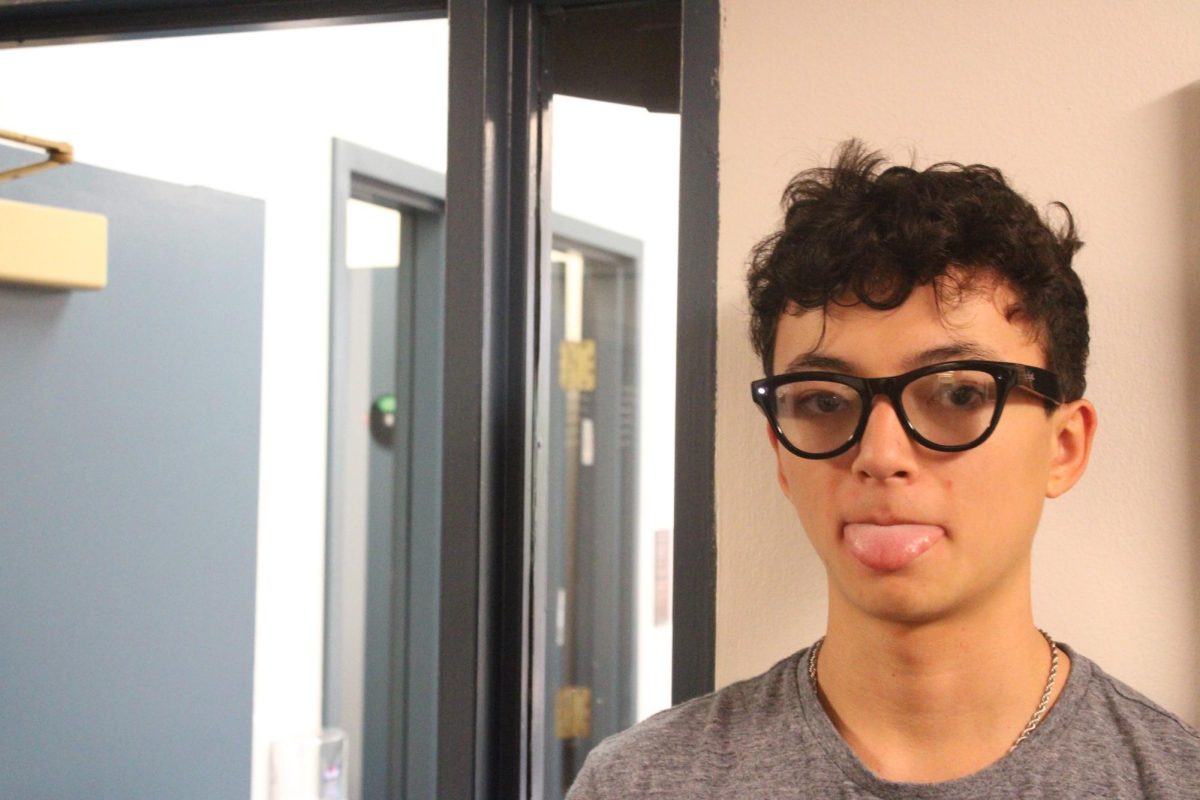
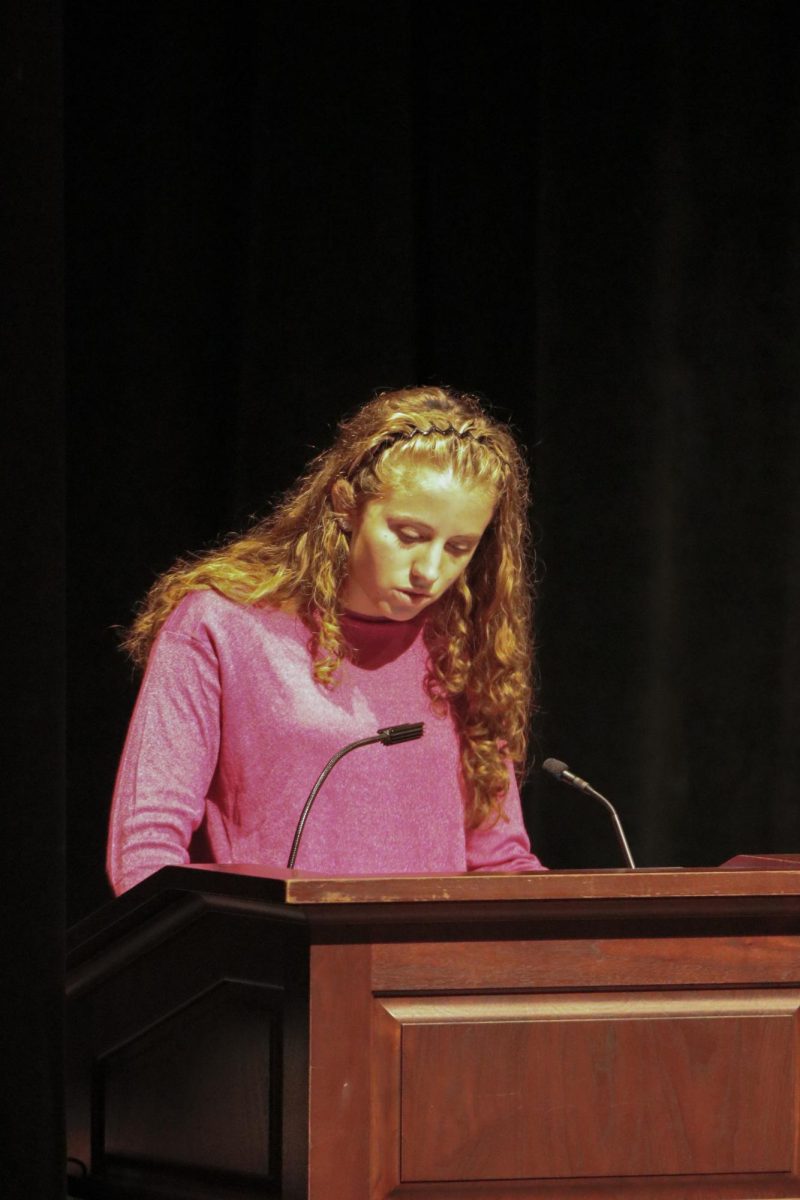








































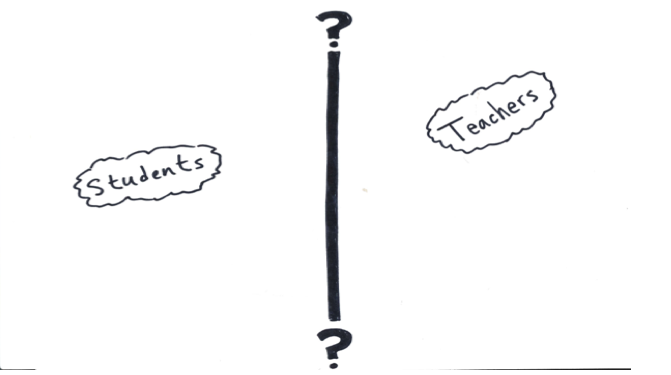

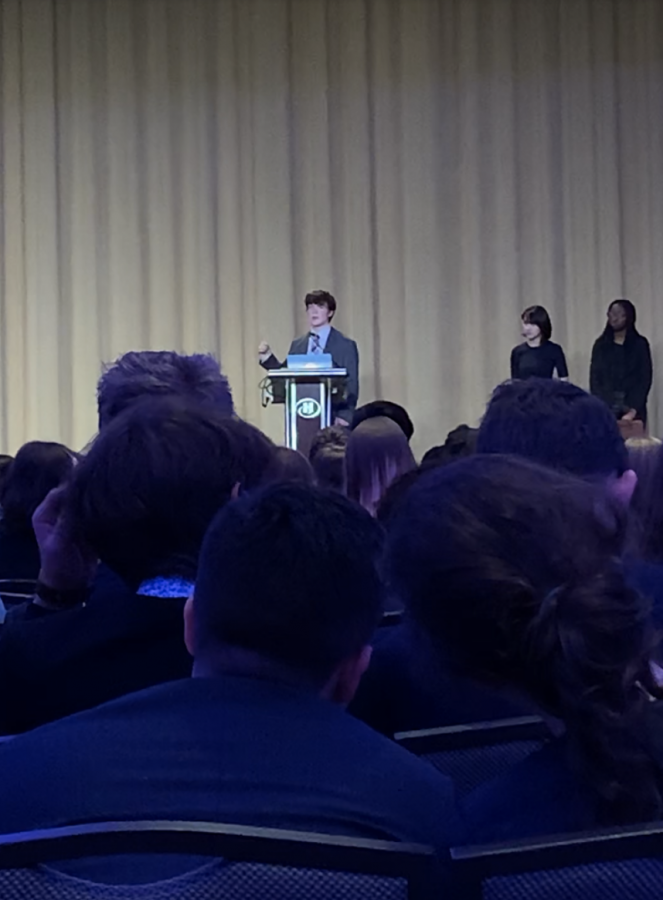



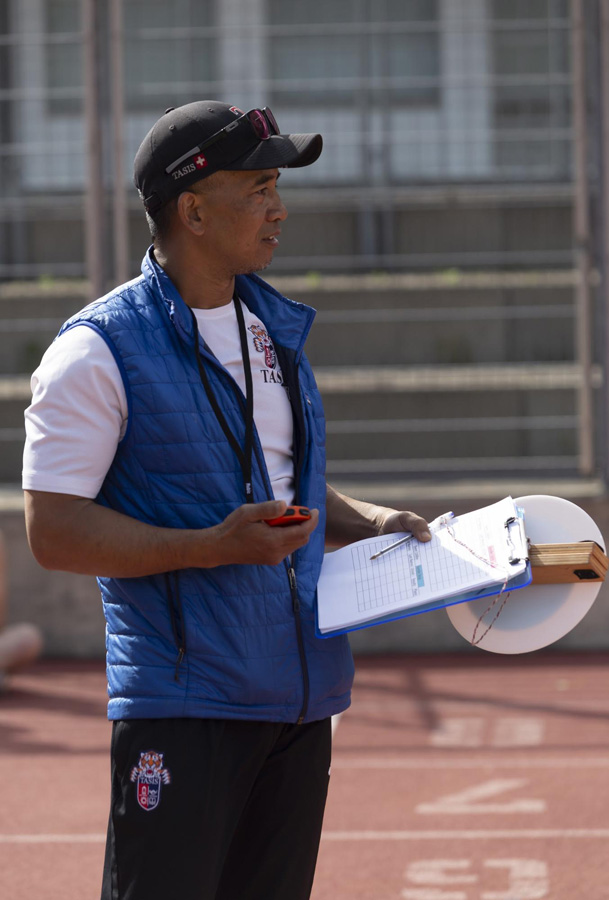


zmcarthur • Dec 8, 2013 at 9:55 am
nice article, thanks for asking me to contribute!
bhennessy • Dec 1, 2013 at 10:08 pm
Good article, Michael.